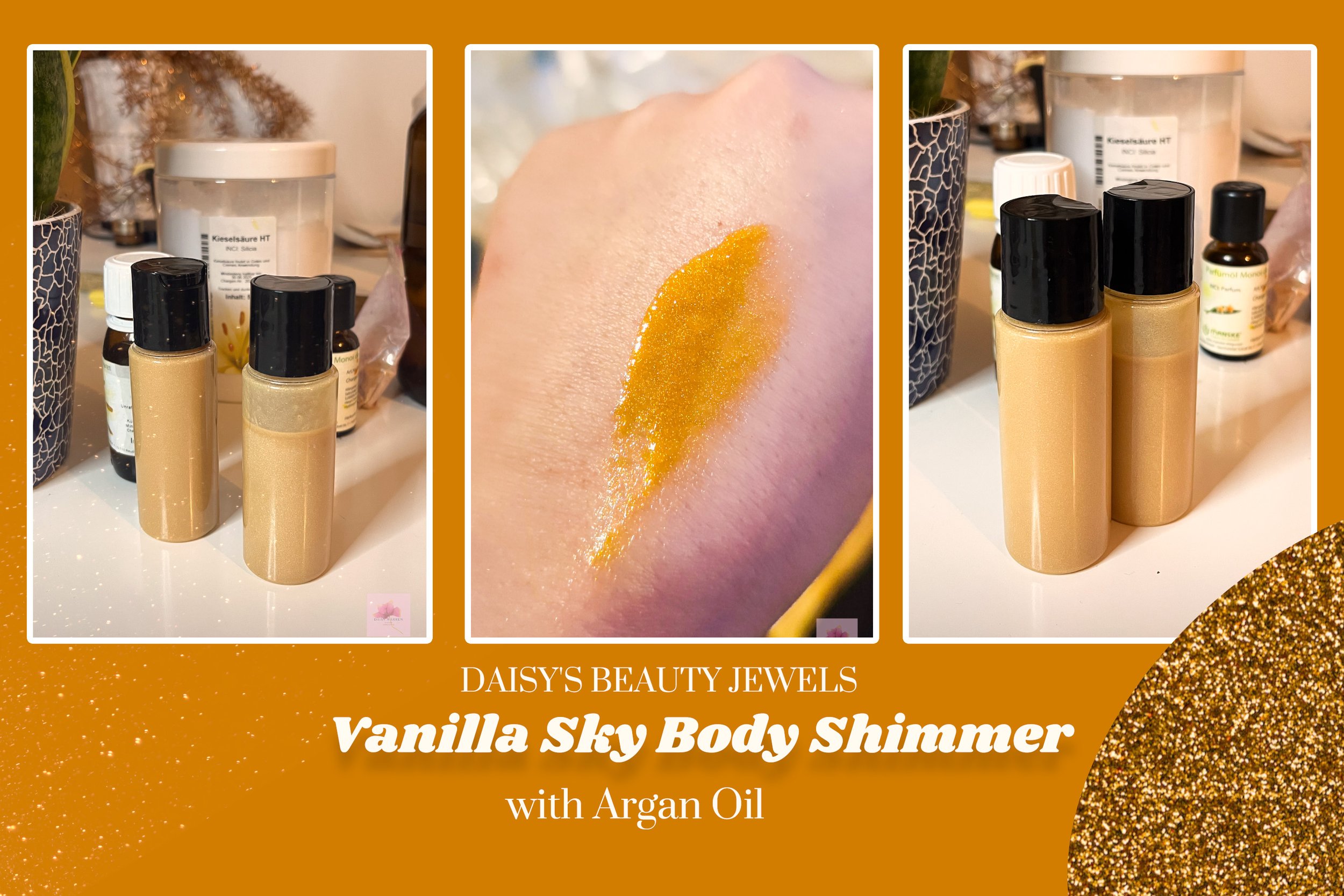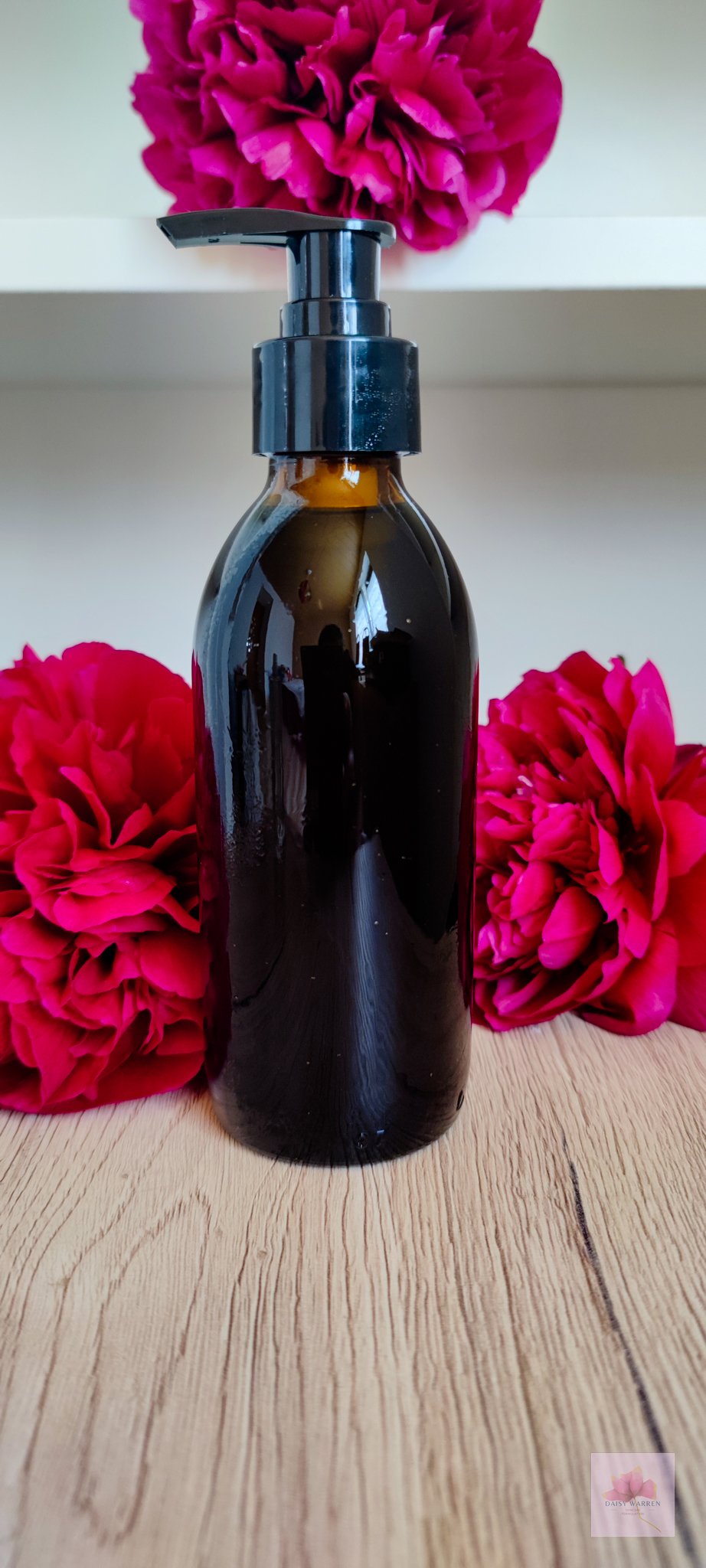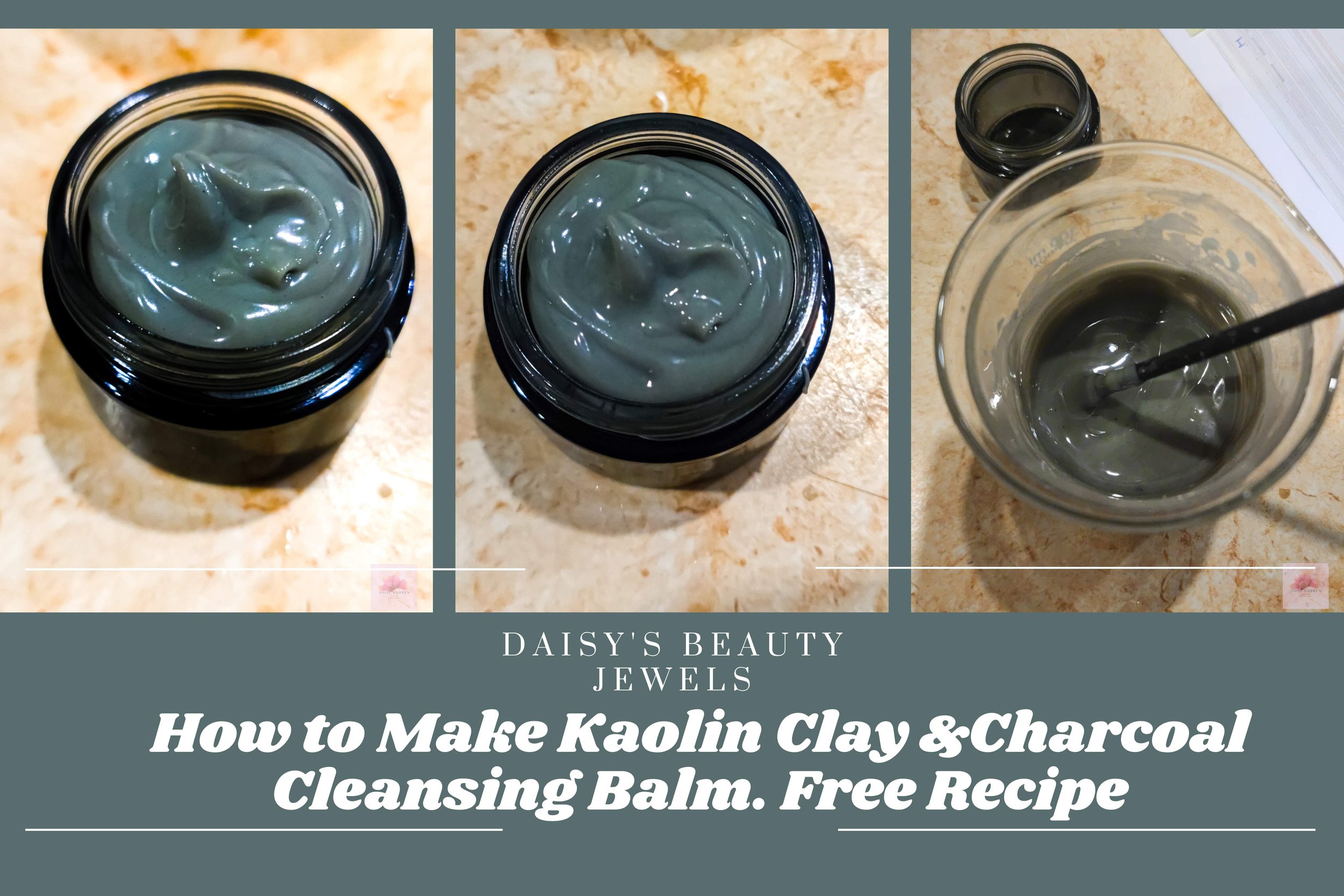How to make silky face wash
Hi, everyone! How have you been doing?
I hope everyone is formulating great things.
Speaking of great things, today I would like to share a formula for a lovely, Silky Face Wash that is packed with skin-loving goodies such as Panthenol, Hydrolyzed Silk proteins, an herbal extract, and a gentle surfactant combo.
The formula has many phases, but please don’t feel intimated, I will provide you with step-by-step instructions and a video time-lapse so you can see my process. You can totally make this amazing face wash.
Let’s take a closer look at some of the ingredients.
Panthenol is great for locking in moisture and soothing, and our skin loves it. Hydrolyzed protein also provides hydration and moisturizing properties for the skin.
The surfactant phase consists of SCI (Sodium Cocoyl Isethionate), Cocamidopropyl Betaine, and Decyl Glucoside, where SCI is the primary surfactant, Cocamidopropyl Betaine is the secondary surfactant, and Decyl Glucoside is the tertiary surfactant.
SCI
INCI name: Sodium Cocoyl Isethionate
Usage rate: 5–55% depending on the product type and desired foam level
Type of surfactant: Anionic, solid
pH level: 4.5–6.5 (10% solution)
Properties: Mild, gentle, high foaming, conditioning, moisturizing, biodegradable, derived from coconut oil
Applications: Shampoo bars, syndet bars, liquid shampoos, body washes, baby products, etc.
Cocamidopropyl Betaine
INCI name: Cocamidopropyl Betaine
Usage rate: 2-40% depending on the product type and desired foam level
Type of surfactant: Amphoteric, liquid
pH level: 5–6 (10% solution)
Properties: Mild, moderate foaming, thickening, emulsifying, biodegradable, derived from coconut oil and propylene glycol
Applications: Shampoos, conditioners, body washes, liquid soaps, mouthwashes, makeup removers, etc.
Decyl Glucoside
INCI name: Decyl Glucoside
Usage rate: 1-40% depending on the product type and desired foam level
Type of surfactant: Non-ionic, liquid
pH level: 11.5–12.5
Properties: Mild, low to moderate foaming, solubilizing, emulsifying, biodegradable, derived from corn starch and coconut oil
Applications: Shampoos, body washes, facial cleansers, baby products, green or natural products, etc.
The oil phase is very small and contains only Polysorbate 20 and fragrance oil.
Hydroxyethylcellulose thickens the final product and gives it a nice, skin-like feel to the product. I combined it with Glycerine for easier incorporation.
Now, that we know what ingredients are going to be used in the Silky Face Wash, let’s look at the formula.
Silky Face Wash
A 59.10% Distilled water
A 3.00% Butcher's Broom Extract (you can use a different extract)
A 3.00% Provitamin B5 - Panthenol (Solution
A 2.00% Polyquaternium -7
A 2.00% Hydrolyzed Silk Proteins
A 0.10% Dermofeel PA-3 (chelating agent)
B 10.00% Cocamidopropyl Betaine
B 6.00% SCI - Sodium cocoyl isethionate
B 3.00% Decyl glucoside
C 3.00% Polysorbate 20
C 0.30% Lemon Verbena FO
D 7.00% Glycerin
D 1.00% Hydroxyethylcellulose
E 0.50% Liquid Germal Plus (preservative)
INSTRUCTIONS:
1. Combine phase A. Stir carefully until homogenous.
2. Heat phase A gently to 55⁰C. Add phase B and stir through until dissolved and homogenous. Remove from heat and continue stirring until <40⁰C.
3. Combine phase C. Add phase C to phase A/B slowly and stir until homogeneous. Take care not to introduce too much air/foam while mixing.
4. Combine phase D. Add to phases A/B/C and stir under low shear until homogenous. Take care not to introduce too much air/foam while mixing.
5. Add phase E and stir through until homogeneous. Take care not to introduce too much air/foam while mixing.
6. Check/adjust pH. Allow the foam to settle completely before pouring it off. I left it overnight and poured the wash into the bottles the next morning.
Feel free to play around with different extracts. Have fun!
If you want to take your formulation game to the next level, consider purchasing a Formulation Journal or Ingredient Research Journal to keep your formulating notes and formulas organized. You can check them out here (A4 size, color interior, more than 200 pages)
6x9 Formulation Journals, black&white interior pages., 240 pages
Use my Airtable Base developed specifically for formulators and small business owners to keep track of all your formulas, ingredients, expenses, batch tracking, costs, etc.
DISCLAIMER: Daisy’s Beauty Jewels blog is reader-supported. When you buy products through Amazon links in my blog I may earn a small affiliate commission
This website participates in the Amazon affiliate program; as an Amazon Associate, I earn from qualifying purchases.
CHECK OUT MY INSTAGRAM


































































































